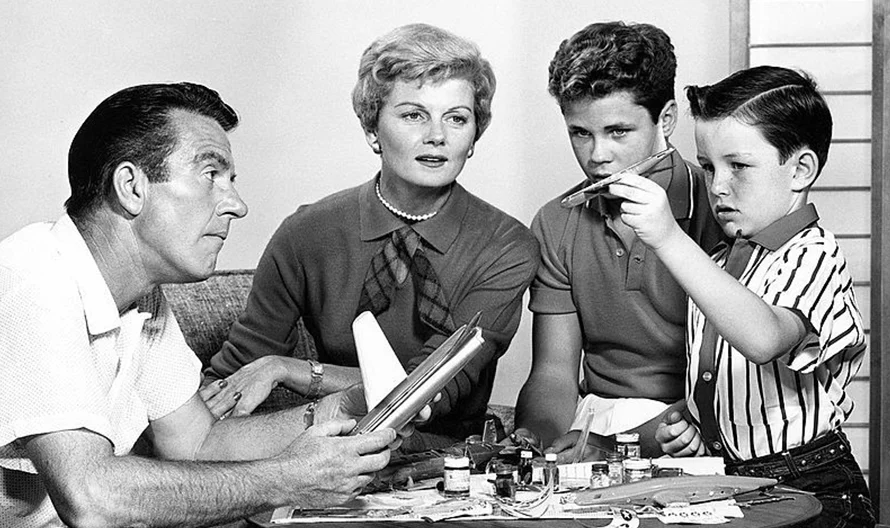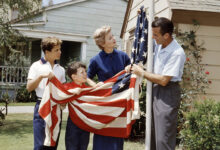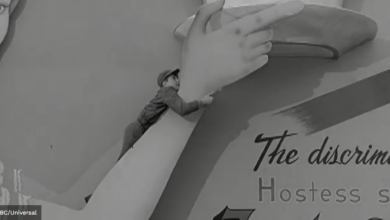You can thank Leave It to Beaver for bringing the series finale to TV sitcoms
”Family Scrapbook” was for the record books.

Imagine a book missing its last chapter, or a film projector going kaput just before the movie’s climax. You would be disappointed without the ending. This was not a concern with the television of the 1950s. The creators and networks never thought to give the audience a finale, nor did the viewers at home expect one.
There are a couple of reasons for this. For starters, an episodic television series was more of a collection of short stories than a novel. Each episode was its own self-contained story. Overarching narratives were something left to other artforms. Which brings us to our second reason — folks just didn’t see television as high art. An episode of television was a light amusement. Whatever the final mirthful episode of a sitcom happened to be, well, that was just the finale. Even the pioneering, brilliant I Love Lucy just… stopped with “The Ricardos Dedicate a Statue.”
Leave It to Beaver changed that. It was the first primetime sitcom to craft an intentional ending. And that was like because it was a sitcom first of another sort.
But before we get into that, let’s talk about Howdy Doody for a moment.
The children’s puppet show was the first notable series to provide closure with its series finale. Clarabell the Clown, silent as a mime throughout the entire series, at last broke his silence. “Goodbye, kids,” Clarabell said.
The connection to kids mattered. And that brings us back to Beaver.
Leave It to Beaver was the first primetime sitcom to focus on the children as the main characters. The Adventures of Ozzie and Harriet… well, that has the parents’ names right there in the title. Other family sitcoms had kids, but here was a show expressly about the kids. Leave It to Beaver was a coming-of-age tale. The two principal characters, Beaver and Wally, grew up before our eyes.
This is why the show needed closure. A phase of their life was ending. Childhood was over. For adults, another day is just another day.
Leave It to Beaver smartly wrapped things up with another soon-to-be trope: the clip show. The Cleavers take out an old book of photos, literally turning the page on a phase of their boys’ lives. The audience got to see flashbacks to Beaver and Wally from early episodes. The technique, while cliched now, underlined just how much the actors had grown. Jerry Mathers seemed to have sprouted up to twice his size.
Decades later, sitcoms such as Growing Pains, Full House, Home Improvement, and even Seinfeld would utilize the clip-show format for their finales. They all borrowed the idea from Beaver.
Gee, Wally, did you ever think we would be so influential?


